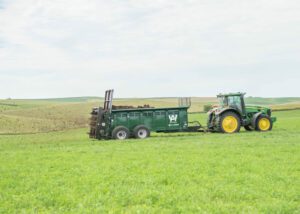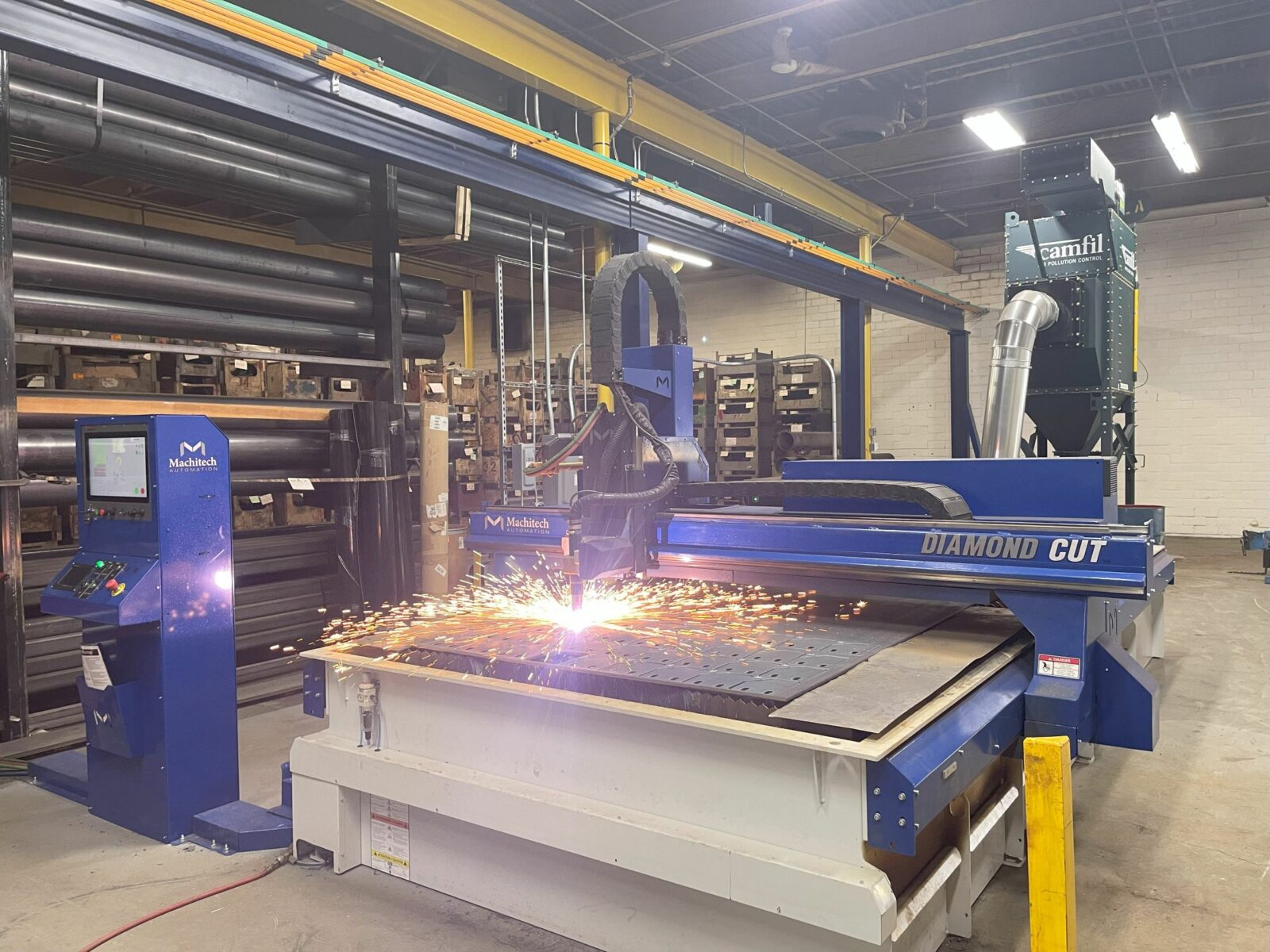Dairy milkers wanted. Sound familiar? A quick search shows 230 open jobs right now just in the state of Wisconsin. An increased need for labor, equipment and implementing modern practices has squeezed many small and medium sized dairies out for the large scale operations to make it work. Now, people are looking to the beef side of the business and considering making the switch to feeding beef cattle. Here are 5 basic items to consider before diving in.

1. Determine the number of beef cattle to feed:
You will need to determine how many beef cattle you need to feed to meet your goals. How much space do you currently have? Are you wanting to produce enough manure for your crops? Does your buyer dictate the number of head required?
2. Adjust your feeding program:
Since beef cattle have different nutritional requirements than dairy cattle, you will need to adjust your feeding program accordingly. Consult with a nutritionist or veterinarian to determine the best feeding plan for your beef cattle. Dairy cattle prefer more fine feed and use a hammer mill while beef cattle prefer cracked corn with a roller mill. Don’t know which is right for you? Check this article out for more details: Choosing Hammer mill vs. Roller mill.
3. Modify your manure management system:
You will need to modify your manure management system to handle the different type of manure produced by beef cattle. This may involve adjusting your storage facilities or spreading equipment. If you are used to using a side discharge spreader, they are not recommended for standard bedpack. A rear discharge manure spreader is built for breaking up the pile for a uniform spread.

4. Develop a manure management plan:
You will need to develop a manure management plan that outlines how you will collect, store, and apply the manure to your fields. This plan should take into account the nutrient content of the manure, the timing of application, and the application rate. Using a rate control system on your spread helps you apply nutrients exactly where you need them on the field.

5. Monitor and Adjust:
As with any change in management practices, it is important to monitor the effectiveness of your new system and adjust as needed. This may involve testing your soil to ensure that you are applying the correct amount of nutrients, or adjusting your feeding program to optimize growth rate.
This is a starting point to consider before taking the leap. Visiting with other producers who have made the switch and digging into all the details is another great place to look. Ask a neighbor, nutritionist, equipment dealer, or find social media groups for advice.








